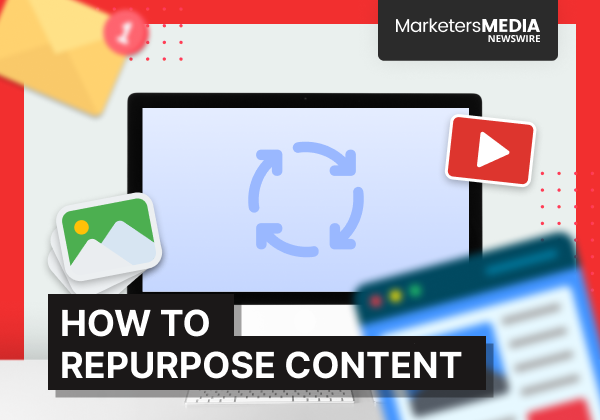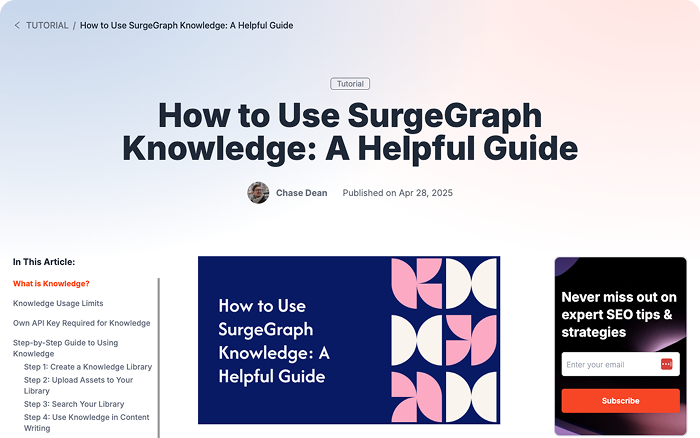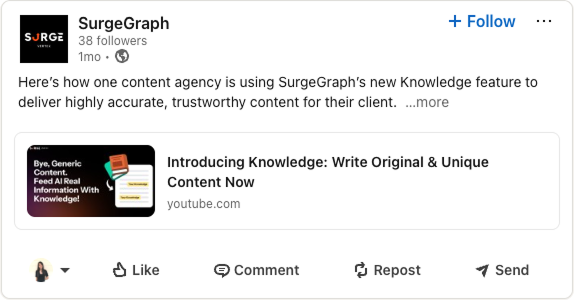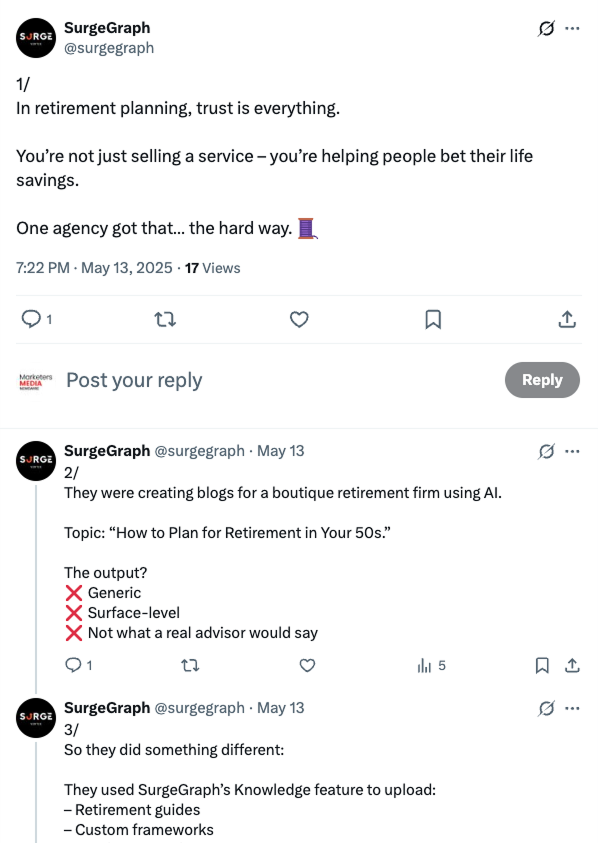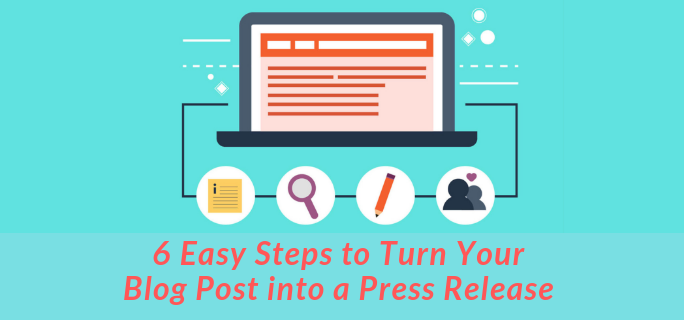When we talk about content marketing, everyone says this:
The more content you put out there = the more visibility and traffic you get
But here’s the brutal truth:
Many companies get overwhelmed trying to maintain a constant stream of original content across every platform where their audience might be.
The pressure to always have something new to say.
The worst thing is that the content pool is getting more crowded. There are more than 45 million *professional* content creators around the world, according to WPBeginner. This number doesn’t even include the businesses that are trying to survive in the online world.
That’s why content repurposing is the next best thing businesses can do.
If you wonder, “What do you mean by repurposing the content? Can’t I just copy and paste the same content across every platform?” you need to continue reading this post.
Before we go into how to repurpose content that can save you time and energy, let’s understand the difference between cross-posting and repurposing content.
Difference between Cross-posting and Repurposing
Cross-posting and repurposing content have one similarity: they reuse your existing content.
Cross-posting is the straightforward approach—taking your content and posting it exactly as-is across multiple platforms.
Exact text, same format, same everything.
Repurposing is the strategic approach—adapting your content to fit each platform’s format, audience expectations, and consumption habits.
Different text, different format, same idea.
While cross-posting content is quicker, repurposing content lets you speak each platform’s native language while maintaining your core message.
It’ll help increase your engagement, build stronger relationships, and ultimately drive better results from your content.
You can do both.
However, repurposed content shows your audience that you care about and respect how they consume content on each platform.
Let’s look at a real-life example.
We’ll take SurgeGraph, an AI SEO writing tool, as the primary example in this blog post.
Create a blog post
It began with one strategic long-form article.
SurgeGraph published a thorough piece about their newest feature, Knowledge, complete with benefits, use cases, and step-by-step tutorials.
This wasn’t just any blog post—it’s a comprehensive, high-value piece of content.
You’ll see how this single blog post builds the perfect foundation for efficient content repurposing across their entire marketing ecosystem.
Create a YouTube video
As a second step, SurgeGraph turns the blog post into a YouTube video.
This helps to capture the attention of people who prefer to watch videos rather than read a thousand-word article.
Instead of just narrating the blog post, they made a live demo to show their Knowledge feature in action.
They also make a smart move by including a link to the original blog post in the video description.
This allows viewers to choose their preferred format—watching the demonstration or referencing the written guide.
Write emails

Now we have the main content covered (both written and visual)—it’s time to let people know about it.
For one, the starting point for SurgeGraph is emailing SurgeGraph’s current subscribers.
Instead of posting a typical, “Check out our new video!”, they take a more creative approach.
They began the narrative explaining that a client needed science-backed, trustworthy content, then transitioned to how their newest feature can help solve it.
It sounds more natural and smoother when guiding the readers through the email.
Two days later, using a different hook, they did it all over again, and this time, targeting a specific group of audiences.
This is exactly why we aim to repurpose content, not just copy and paste the content, to every platform. We tailor the content based on the audience's engagement and where they come from.
Write LinkedIn posts
Next, SurgeGraph writes 3 LinkedIn posts, with each post linking back to either the original blog post or YouTube video.
See how every single one of these posts starts with a totally unique hook, designed specifically for LinkedIn’s more professional user base.
They know that LinkedIn users—busy professionals, entrepreneurs, and C-level executives—absorb content differently than any other channel, so every post targets their business-oriented mentality and career-based issues that they face.
Write Facebook posts

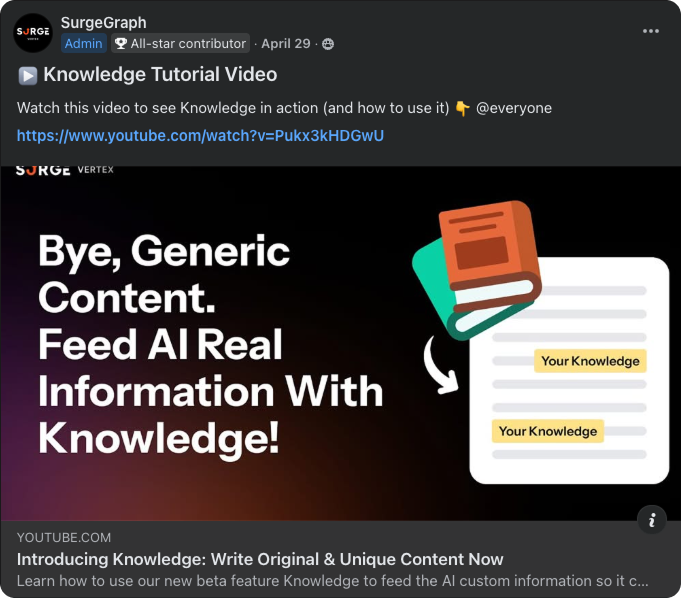
Facebook is a social playground where everyone hangs around.
That’s why SurgeGraph repurposes the content to serve as a clear product launch rather than the storytelling angle that worked in email or the more business-focused messaging that played well on LinkedIn.
Their Facebook approach gets right to the crux of it—showcasing specific benefits with detail using linked blog and in-line video content that addresses this larger, more diverse audience.
Write X (formerly Twitter) posts
New video out! See Knowledge in action and learn how to use it 👇 https://t.co/HFIVxleulU
— SurgeGraph (@surgegraph) April 29, 2025
AI knows Apple and Nike. But when it comes to YOUR brand? It makes stuff up.
— SurgeGraph (@surgegraph) April 28, 2025
SurgeGraph's new beta feature Knowledge changes that.
Upload your own info, and the AI will accurately write based on YOUR expertise.
Give it a spin or read the guide: https://t.co/og3Ad1EOjT
Here, SurgeGraph writes three posts on X (formerly Twitter).
Two posts followed simpler structures—a basic feature announcement and a problem-solution framework that resonates with X users.
On the third attempt, they convert one of the LinkedIn posts above (repurpose LinkedIn content that repurposes the long-form content, smart!) into X’s signature thread format.
They didn’t just copy and paste—they refined the tone and broke it into digestible chunks to match X’s more informal, conversational vibe, where brevity and engagement rule.
Write a press release and distribute it

Last but not least, SurgeGraph writes a press release and distributes it to high-value media outlets.
For example, Business Insider, Yahoo News!, Benzinga, and more!
When they distribute a press release about significant company news, eg. a new feature launch, they give hundreds or thousands of publications permission to share their stories with global audiences.
But here's where the repurposing magic happens: every media mention becomes content fuel.
- Share screenshots of coverage on social media
- Create "As seen in" graphics on your website
- Reference these features in future marketing campaigns
One press release can generate months of repurposed content across every platform.
Closing Thoughts
When you break down SurgeGraph’s strategy here, the numbers are impressive. From ONE core idea, they created AT LEAST 13 distinct repurposed contents for their audience to discover the same valuable information.
- 1 blog post
- 1 YouTube video
- 2 emails
- 3 LinkedIn posts
- 2 Facebook posts
- 3 X posts
- 1 press release (distributed to global media outlets)
= 13 unique content pieces, each optimized for its specific platform and audience, all delivering the same core message.
The best thing is this isn’t a one-time strategy.
You can continue repurposing and refreshing this content as long as it remains relevant to your audience’s needs.
Now, it’s time for you to go and try it yourself.
Don’t know how to create a winning content marketing plan? Here’s the post you need.
Free Press Release Template
Tell us where to send your PDF:
